Sunday, March 15, 2020

These photos show planting some Purple Sensation Allium. I think I got two bags of 10 for ~50% off in the summer (always wait for a sale). I also purchased a few globemaster allium also on sale. They're much pricier as the flower is much larger.
- Dig ditch deeper than planting depth.

- Add in some decomposing organic matter (untreated grass clippings)
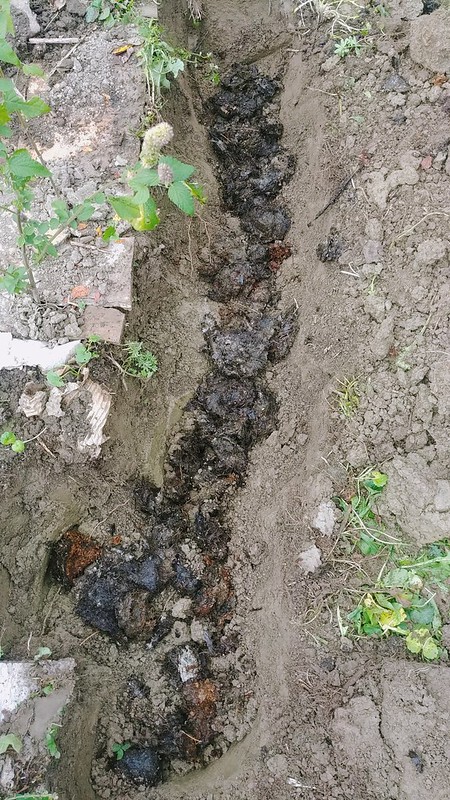
- Top with some good quality potting soil (Happy Frog)
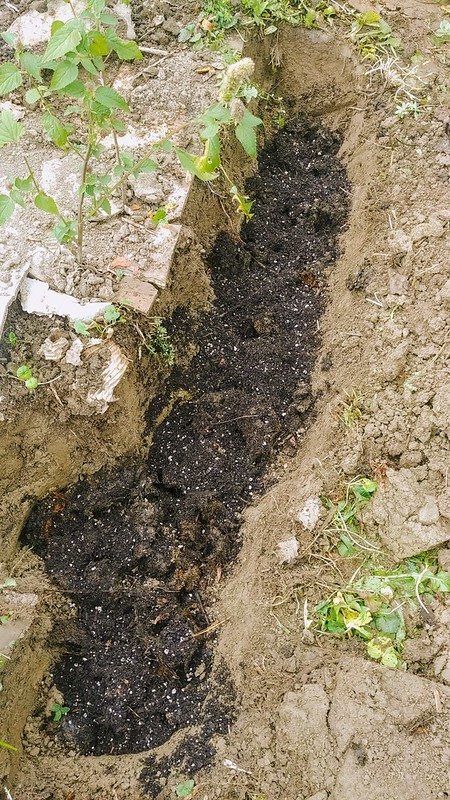
- A light dusting of rock minerals (azomite)
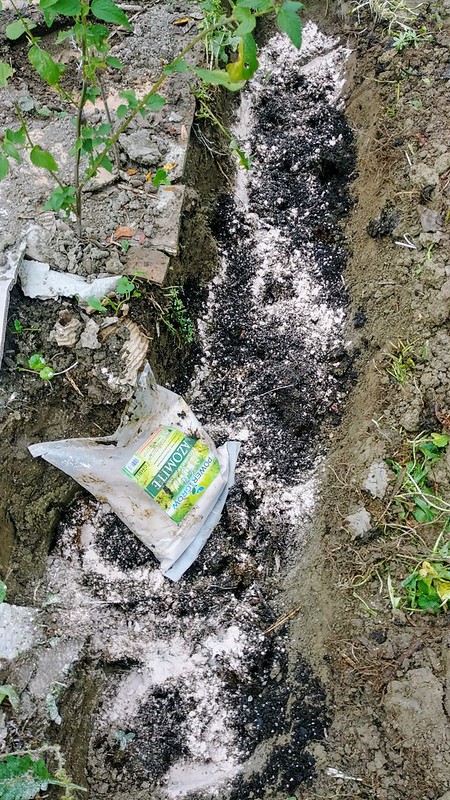
- Space out the bulbs for planting, at appropriate distance and depth
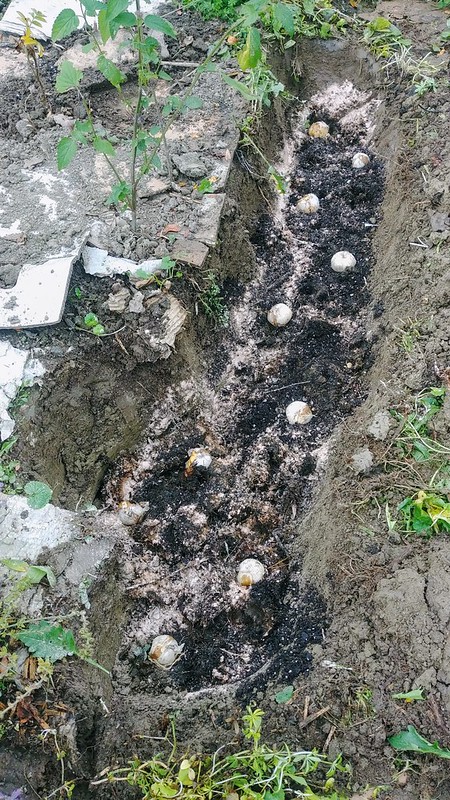
- Top with good quality potting soil.
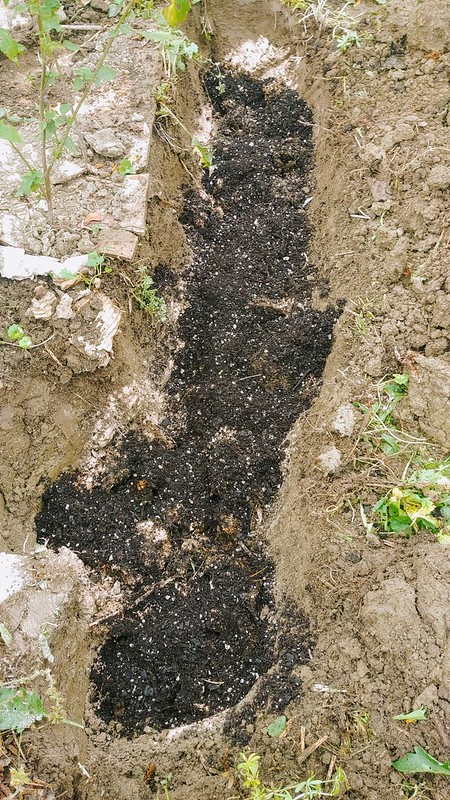
- Layer on some more organic matter

- Fill ditch back in with native soil

- Cover with cardboard (temporary/decomposing weedblock)

I followed the same process with my Checkered Lily Fritillaria (below, 2 or 3 bags of 15 on sale!), as well as with the bearded irises (although those rhizomes are basically planted at the surface). When I transplant other wildflowers into this section of the garden (lavender, butterfly bush, catmint, hyssop, etc.) I follow a similar process of digging a larger hole than required, enriching the soil in the hole, and then planting the seedling. This worked fine for the butterfly bush, 2/3 lavender, 3 catmint, and 3 meadow sage last year, so we're doing it with the fall-planted bulbs.








0 comments:
Post a Comment